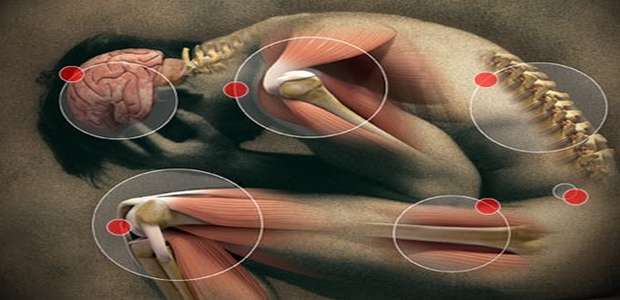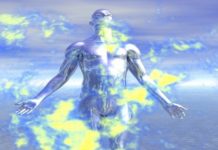We have seen in one of our earlier post how chronic pain may prematurely age our DNA. In the field of medicine, chronic pain in the past has been classified of being a progressive term which is derived from acute pain.
The pain generally is termed from acute to chronic if the pain lasts more than three to six months. Treatment of chronic pain involves many methods ranging from drug therapy to various types of massage therapy. Recent studies suggest that altering brain activity with magnetic fields may also relieve chronic pain.
Treating the brain with magnets went mainstream a few years ago, when the technique proved successful at relieving major depression. Now the procedure, repetitive transcranial magnetic stimulation (rTMS), shows promise for another mysterious, hard-to-treat disorder: chronic pain. Until now, pain seemed out of reach for rTMS because the regions involved in pain perception lie very deep within the brain. The other disorders helped by rTMS all involve brain areas close to the skull.
To treat depression, for example, a single magnetic coil directs a magnetic field at the dorsolateral prefrontal cortex, a region of the brain’s outer folds. When aimed at different areas of these outer folds, rTMS improves the motor symptoms of Parkinson’s disease, staves off the damage of stroke, lessens the discomfort that follows nerve injury and treats obsessive-compulsive disorder. The magnetic field affects the electrical signaling used by neurons to communicate, but how exactly it improves symptoms is unclear— scientists suspect rTMS may redirect the activity of select cells or even entire brain circuits.
To extend the technique’s reach, David Yeomans, a neuroscientist at Stanford University, and his colleagues used four magnets rather than one and employed high-level math to steer the resulting complex fields. Their target was an area called the anterior cingulate cortex (ACC), an area active in the experience of all types of pain, regardless of its source or nature. The researchers aimed the magnetic impulses at the ACC of healthy volunteers for 30 minutes. Immediately afterward, subjects underwent a PET scan of brain activity. During the scan, subjects reported minute-by-minute pain sensations from a hot plate applied to their arm. After rTMS, subjects rated their pain nearly 80 percent lower than they had before treatment, and the PET scan revealed blunted activity in the ACC.
Next the researchers tested the treatment on chronic pain in people with fibromyalgia, a mysterious pain syndrome that causes pain and tenderness all over the body. Patients received a daily dose from the magnets for four weeks and saw a reduction in their daily pain by almost half, which lasted for four weeks beyond treatment.
The study, presented at last October’s meeting of the Society for Neuroscience in New Orleans, shows the potential of rTMS for many kinds of pain. The procedure has become increasingly common and available since 2008, when the Food and Drug Administration approved it for treating major depression. “More psychiatrists are bringing it into their armamentarium,” Yeomans says.
This non-invasive technique should bring music to the ears of those ailing from chronic pain as this can affect pain without putting new molecules into their body. Relief may be close for people for whom drug therapies have failed or simply do not exist.



































